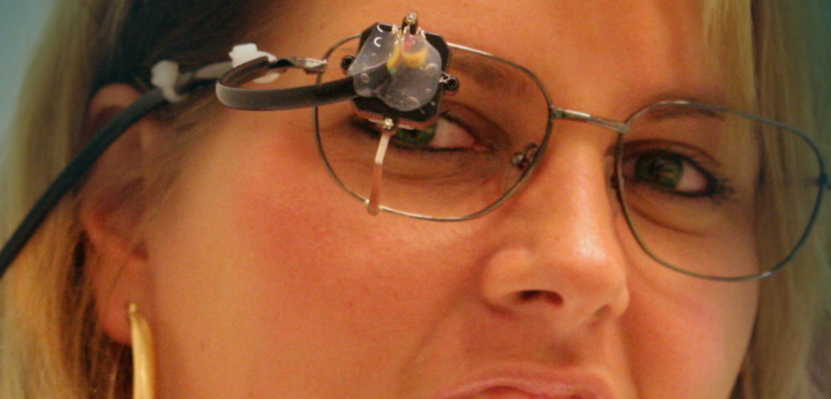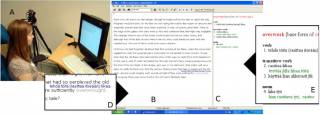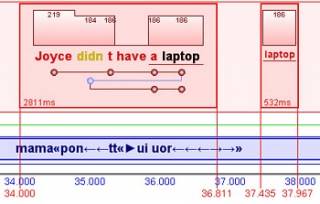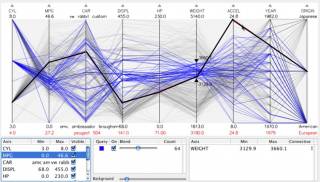Research
Our research interests can be split into four major domains
Visual Interaction Research Group
Our research interests can be split into four major domains
Using the eyes to control the mouse pointer, for instance, is an idea that may seem great at first. If implemented as such, however, it is unlikely to work: the eyes are extremely fast, but the last degree of accuracy is hard to achieve. This is because eyes are primarily built for seeing, and approximate orientation of the eyeball is sufficient for this purpose. Our aim is to develop new techniques and interaction widgets that make eye control more appropriate for everyday use. In addition, we will use these techniques in applications for disabled users, for whom eye-based communication may be the only available option. Especially, we are conducting research and development of typing, gaming and drawing by using the gaze alone.

Compared to the use of any other input channel, eye-gaze has a unique property: it implicitly carries information on the focus of the user’s attention. So far, computers have not made use of this information. We are studying ways of making the computer adapt its operation based on where the user is looking. As an application demonstrating such behavior, we are developing an automatic reading aid. When the user reads foreign text on the screen, changes in gaze patterns can reveal comprehension problems, and the computer can then provide the translation automatically.

Have you ever been annoyed by blinking and flashing ads when you have tried to make sense of a web page? The effectiveness of various visual elements is of great commercial interest, too, and eye-tracking can be used to study what attracts the attention of the user. Together with screen layout, these are important elements in the usability of user interfaces. Our third line of research concentrates on the use of eye trackers in analyzing interfaces. It combines both practical studies and the use of eye-tracking in developing models for gaze behavior in human-computer interaction.

Personal computers and graphical user interfaces created an ideal platform for interactive information visualizations. In this multidisciplinary area we focus mainly in interactive data exploration and novel data representations, and our primary line of research is user testing with visualization tool prototypes. Recent research includes studies of using gaze data to analyze visualization artifacts, novel visualization methods for search engine results, and interactive visualization techniques to compare curriculum content in detail.
